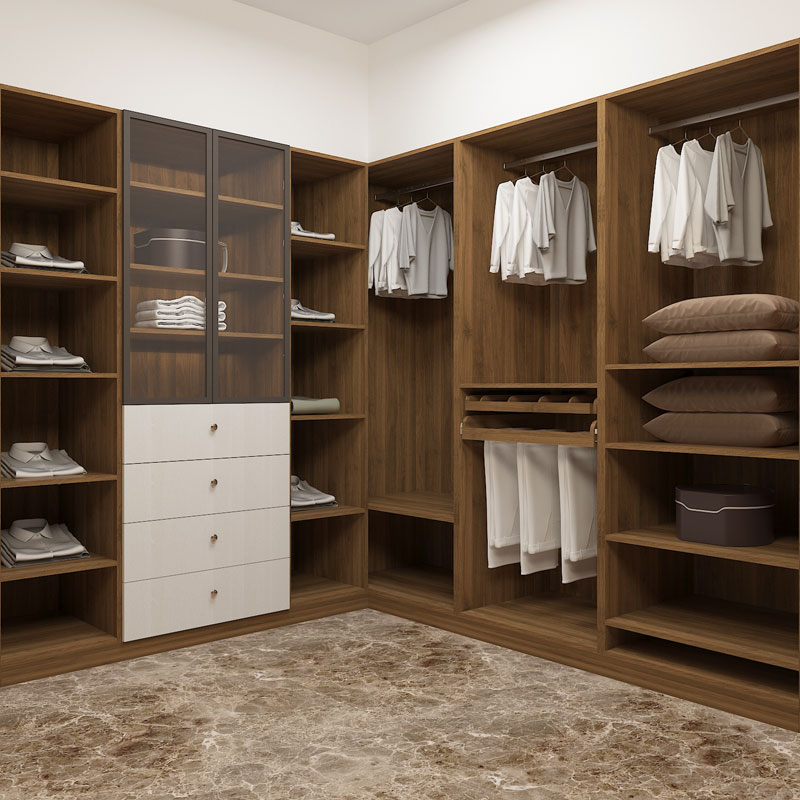About Us
As a professional China cabinet supplier,Sinoah Cabinets Supply has been specializing in manufacturing and exporting kitchen cabinets, wardrobes, bathroom vanities, and other customized furniture since 2008. Sinoah built an intelligent plant with advanced equipment and achieved the internet of things for automatic production line-designers send commands from the computer to cutting , driling, and banding equipment and production procedures are automatically finished . With the intelligent production line, our cabinets’ annual output is over 80,000m2 . Sinoah cabinets implement rigorous quality process control to minimize quality issues and provide the best experience to our valued clients. With our rich experience in production and export,we are looking for partners all over the world. We are ready to have a win-win cooperation with you.
View More






















